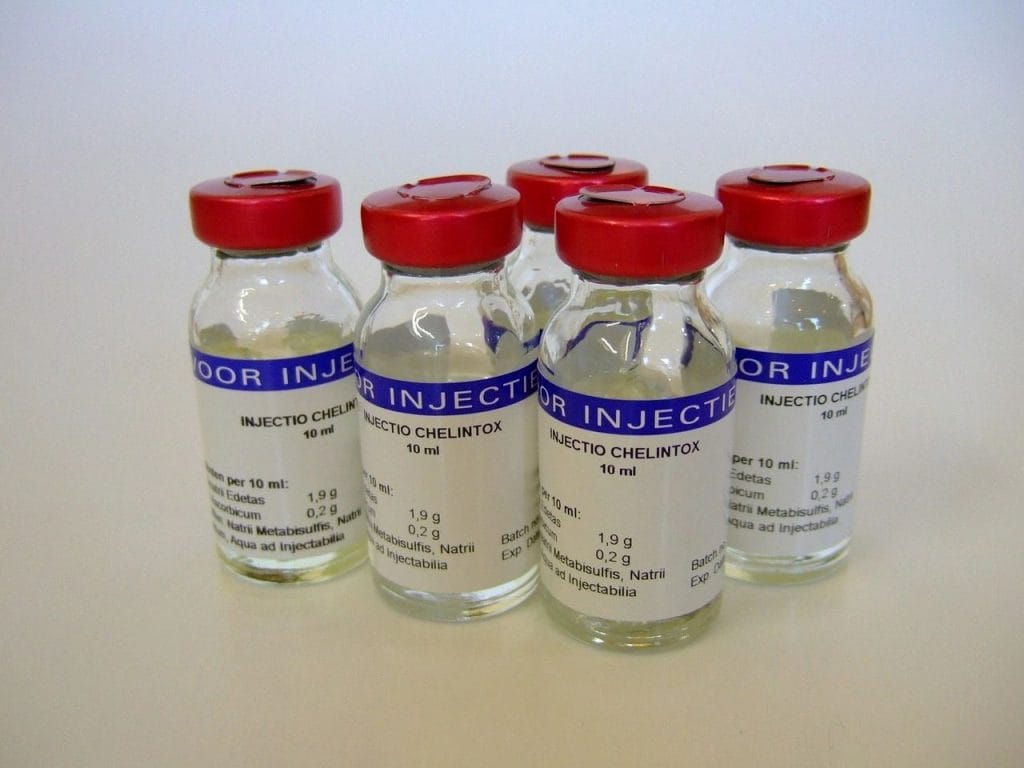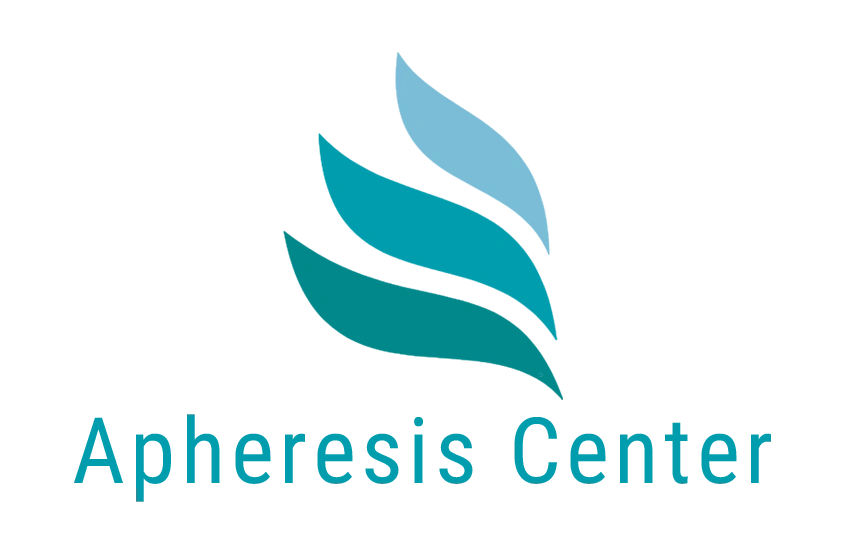
其他疗法

TPPE – Therapeutic Partial Plasma Exchange
可提供
治疗性部分血浆置换是 TPE(治疗性血浆置换)的高级版本,我们的医疗团队将其与H.E.L.P. 血液透析疗法结合使用,因为这种疗法对慢性病患者的风险效益明显更好。这种疗法不适用于疲劳/PEM 患者。对于其中的一些患者,这种疗法将在疗程的后期使用(当疲劳/PEM 已经缓解时)。
Careful – do not mix up TPPE with TPE that does not show results in Long Covid: https://www.nature.com/articles/s41467-025-57198-7.pdf
Therapeutic Plasma Exchange (TPE) with albumin (artificial plasma) can have severe side effects for people with chronic illness. This is why we developed a much ‘softer’ version (Therapeutic Partial Plasma Exchange) where only a small fraction of the plasma is exchanged at the end of a H.E.L.P. Apheresis therapy with saline (NaCl. 0,9%). In other words – it increases the efficiency of the original H.E.L.P. Apheresis by removing an even higher percentage of autoantibodies and pathogens, but as it also removes a small fraction of the plasma, which is why it can not be used for fatigue/PEM patients.
如果移除/给药比例和时间处理不当,会产生脚踝肿胀和面部水肿等副作用。
You will find extensive information on our blog post about different types of Apheresis and which type is suitable for which purpose HERE

螯合疗法
可提供
从科学的角度来看,螯合疗法围绕着螯合剂的施用展开,螯合剂是一种能够与金属离子形成稳定结合的有机化合物。螯合过程包括形成配位复合物,螯合剂环绕目标金属,形成环状结构。乙二胺四乙酸(EDTA)是临床上常用的螯合剂。在重金属中毒方面,螯合疗法通过形成可通过尿液排出体外的水溶性螯合物,促进体内有毒金属的清除。螯合疗法除了在重金属解毒方面具有公认的作用外,其对心血管的潜在益处也得到了探讨。该假说认为,螯合疗法可通过与动脉壁内的钙沉积物结合并将其清除,从而缓解动脉粥样硬化。
*服务由Akamantis Health提供

亚甲蓝和红光疗法
可提供

星状神经节阻滞
可提供
Stellate ganglion block (SGB) – single- or doublesided injection of anesthetic medication into a collection of nerves called the stellate ganglion.
许多患者在接受星状神经节阻滞后,自律神经失调症状有所缓解。
Other symptoms that improved or resolved were: anxiety/PTSD, arosmia and parosmia. The positive effects of a stellate ganglion block can sometimes last, but often are temporary (which is fine as it gives the body a ‘time-out’ to regenerate).
也可通过射频消融代替麻醉药物。
*服务由 Periklis Zavridis 博士提供

镁氧疗法
可提供
Elfriede Leniger-Follert 教授是马克斯-普朗克研究所(Max Planck Institute)系统生理学研究所一个研究小组的负责人,该小组主要研究大脑的供氧问题。
Her discovery at the time was that magnesium could help to widen constricted microvessels again and normalise the oxygen supply. She discovered this mechanism of the disease-related narrowing of the microvessels in 1983. This reduces the oxygen supply to the brain, the retina, the inner ear, the lungs and liver, the kidneys and the feet.
In all circulatory disorders, the outer side of the vascular muscle cells is negatively charged compared to the positively charged inner side (potassium depolarisation). This reversal is the trigger for the shortening of the ring-shaped vascular muscles, which thus become narrower.
A few years later, she discovered that magnesium ions are capable of reversing the unfavourable charge distribution. This opens and widens the blood vessels again.
Leniger-Follert 教授使用直接静脉注射,然后直接使用氧气浓缩器。
我们根据我们医疗团队长达十年的知识开发了一种类似的疗法,并将她的研究成果应用于高压氧结合氯化镁溶液的静脉注射治疗。
Magnesium Oxygen Therapy – but literally supercharged.

冷冻疗法
可提供
冷冻疗法的原理在于它能够在体内引发有益的反应,如血管收缩和释放抗炎分子。当低温笼罩身体时,会引发一系列反应,这些反应可能会缓解症状、促进血液循环和整体健康。
当前的研究可在这里找到:
*服务由 Panacea 医疗中心提供
B 细胞消耗疗法
可提供
(用例:IVIG 治疗后,自身抗体水平较高时)。

补充系统疗法

UNDER EVALUATION – RESEARCH ONGOING
(副作用未知,无充分临床证据表明可用于标示外目标用途)。
补体抑制剂以皮下注射、静脉注射或口服胶囊的形式给药。
以下是一些著名的补体结合抑制剂(来源:RXList):
- 埃瓦科潘
- Eculizumab
- Empaveli
- Enjaymo
- Gohibic
- Pegcetacoplan
- 波珠单抗
- Pozelimab-bbfg
- 雷珠单抗
- Ravulizumab-cwvz
- 索利瑞斯
- 苏替米单抗
- Sutimlimab-jome
- 塔夫尼奥斯
- 奥特米里斯
- Veopoz
- Zilucoplan
We recommend to read the following study for a better understanding of the cell damages that seem to be caused in a large group of Long Covid patients by the complement system: https://www.usz.ch/en/complement-system-causes-cell-damage-in-long-covid/
轶事注解:在H.E.L.P. 细胞分离疗法/联合疗法之后,大多数患者的补体系统似乎都能恢复到正常状态。使用补体系统抑制剂进行单次治疗的尝试还不是很常见,对现有的各种抑制剂在 Long Covid 中的疗效也知之甚少。
*尽管某些补体抑制剂已获得 COVID-19 的紧急使用授权,但补体系统治疗将首先在收集到足够的临床证据后才可在标签外有针对性地使用。需要考虑的一点是各种补体抑制剂的副作用很多。
我们为什么要发布这些信息?我们收到了许多关于辅助治疗的咨询,希望与大家分享目前已知的信息。
IMPORTANT NOTE: Rituximab and Obinutuzumab despite very similar sounding names are NOT complement inhibitors – they are mABs complement activators and important for B-Cell depletion therapy (which has been mainly researched for multiple sclerosis but is now subject of research in other chronic conditions too)


